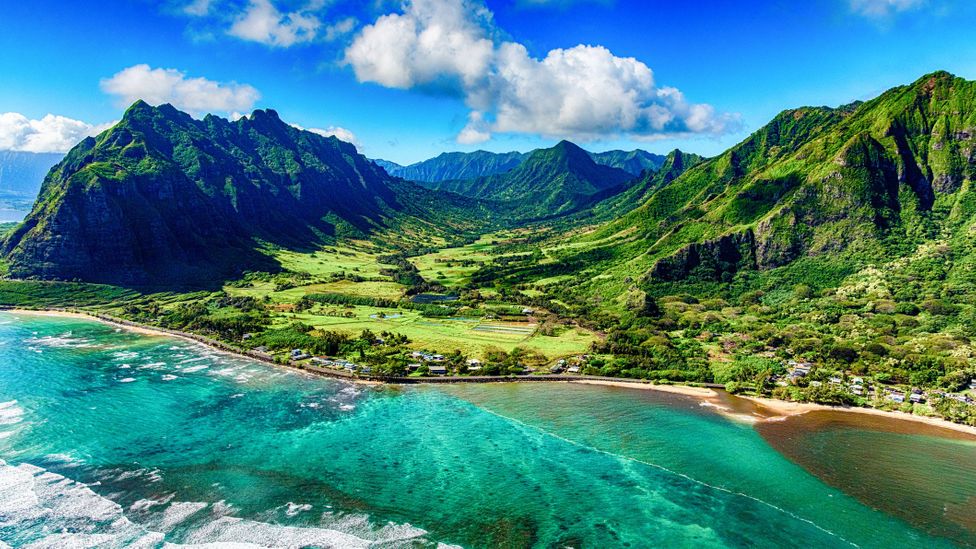As the world grappled with the challenges posed by the COVID-19 pandemic, the tourism industry was among the hardest hit. With travel restrictions, lockdowns, and social distancing measures in place, tourism in India, known for its vibrant culture, rich history, and diverse landscapes, experienced a paradigm shift. However, as the world began to recover from the pandemic, Indian tourism has been gradually adapting to the new normal, offering a post-COVID experience that is both different and promising.
One of the key changes in the post-COVID tourism landscape in India is a greater emphasis on health and safety. Travelers are now more conscious of hygiene and health measures, and tourism stakeholders have responded by implementing stringent protocols to ensure the safety of tourists. Hotels, restaurants, and tourist attractions have adopted enhanced cleaning and sanitization practices, while also promoting social distancing and contactless interactions. Tourists are also encouraged to follow safety guidelines such as wearing masks and practicing hand hygiene, making health and safety a top priority in the new normal of Indian tourism.
Another notable change in the post-COVID tourism experience in India is the shift towards offbeat destinations. With travelers seeking more secluded and less crowded places, offbeat destinations away from popular tourist hotspots have gained popularity. Remote villages, serene hill stations, and lesser-known natural wonders have become the new favorites of tourists looking for unique and immersive experiences. This has not only contributed to the economic growth of rural areas but has also helped in decongesting popular tourist destinations, promoting sustainable and responsible tourism practices.
Technology has also played a significant role in reshaping the post-COVID tourism experience in India. Contactless technologies such as digital payments, virtual tours, and online bookings have become more prevalent, reducing the need for physical contact and enhancing convenience for travelers. Virtual and augmented reality experiences have also gained traction, providing travelers with innovative ways to explore and experience India’s rich heritage and culture in the digital realm.
Furthermore, ecotourism and wellness tourism have seen a surge in popularity in the post-COVID era in India. Travelers are now more inclined towards nature-based and wellness-oriented experiences that promote physical and mental well-being. Eco-friendly accommodations, organic farm stays, and wellness retreats that offer yoga, meditation, and Ayurvedic treatments have become sought-after choices for tourists seeking holistic experiences that rejuvenate and nourish the mind, body, and soul.
Despite the challenges posed by the pandemic, Indian tourism has shown resilience and adaptability in the post-COVID era. The industry has been quick to adopt measures to ensure the safety of tourists while also catering to changing preferences and demands. With a greater focus on health and safety, offbeat destinations, technology, and wellness experiences, the post-COVID tourism landscape in India offers a promising and evolving travel experience for tourists seeking unique, sustainable, and immersive journeys. As the world continues to recover from the pandemic, Indian tourism looks forward to a brighter future, where travelers can once again explore the beauty and diversity of the country with renewed vigor and appreciation.

